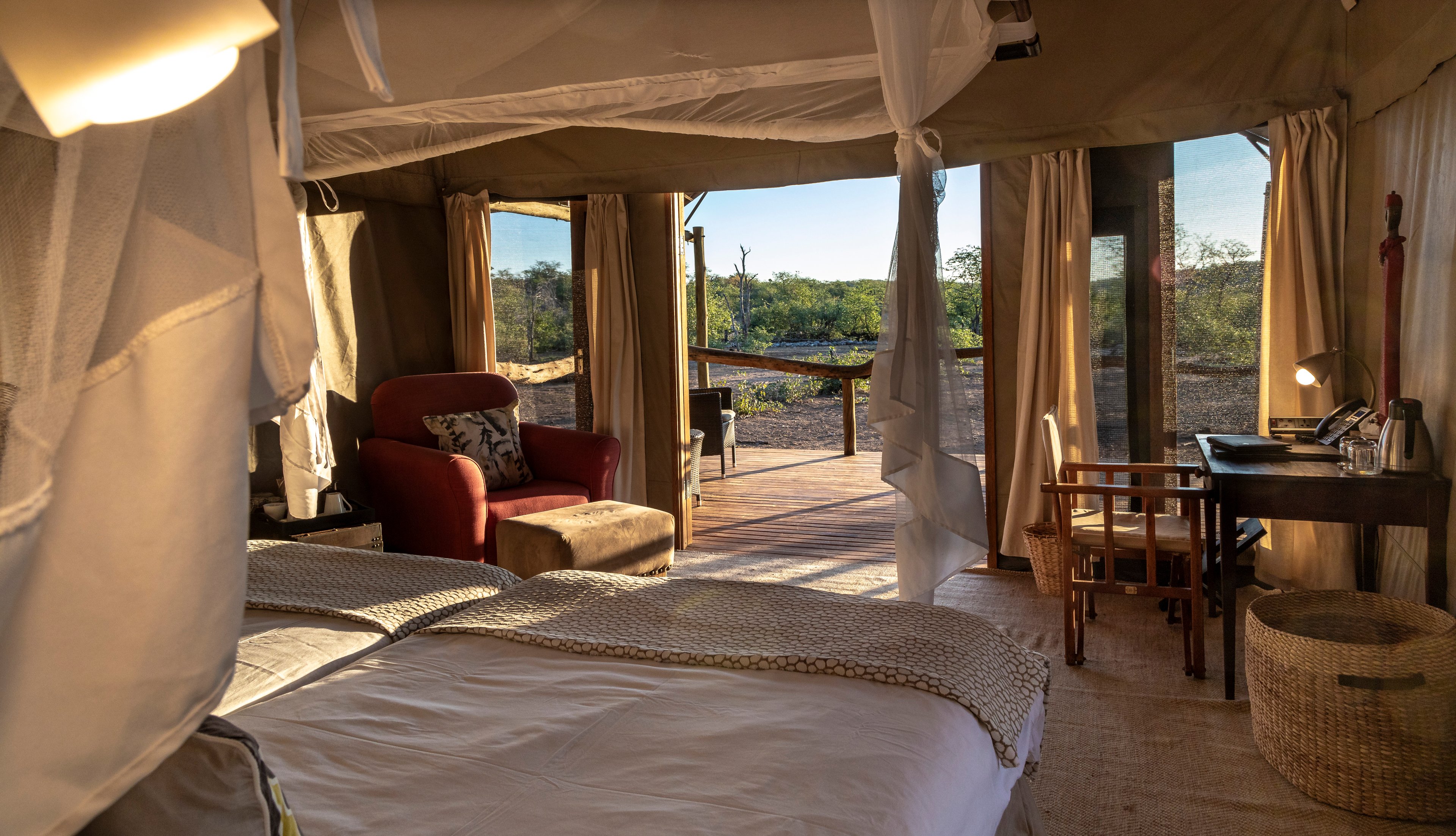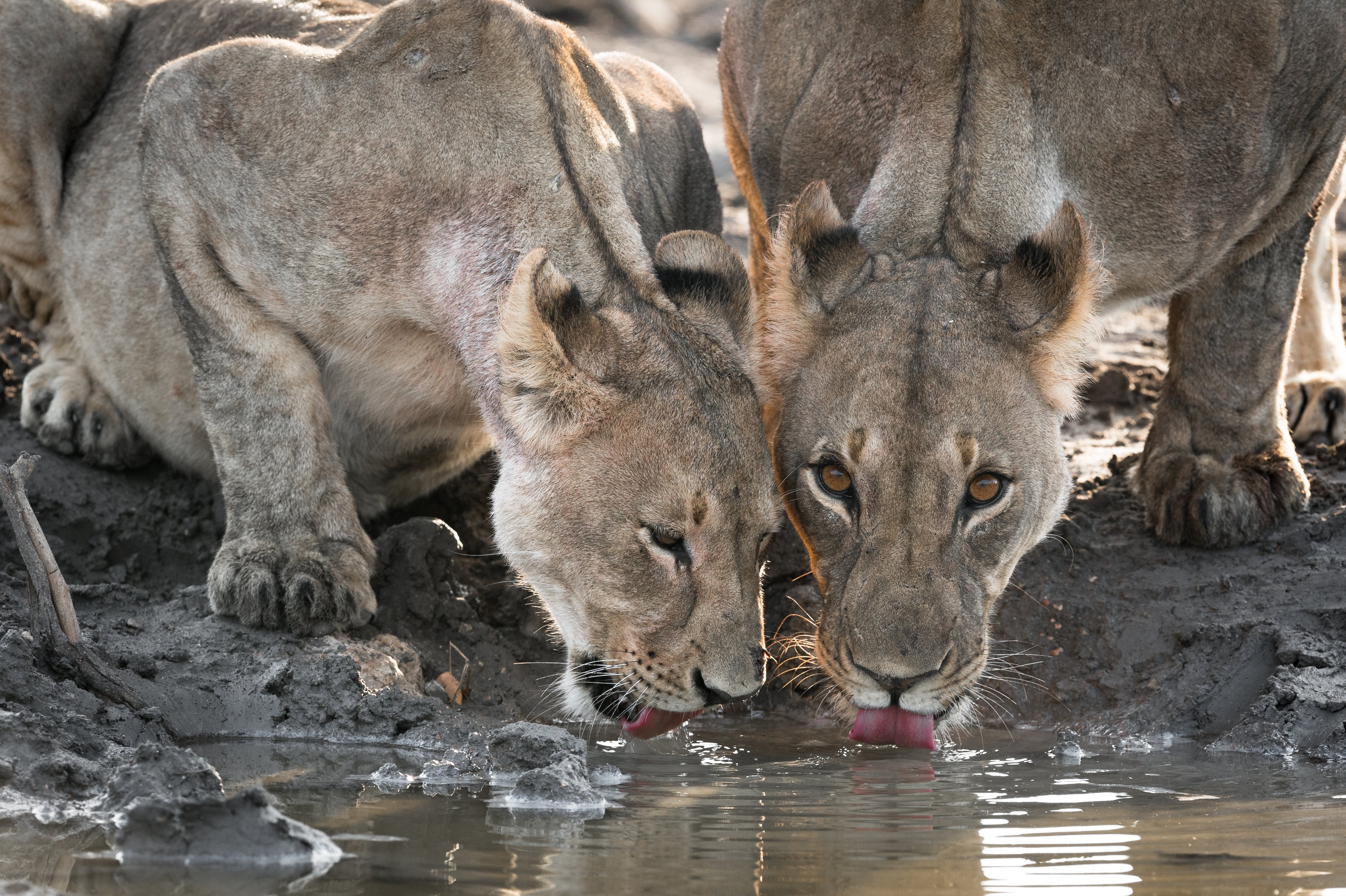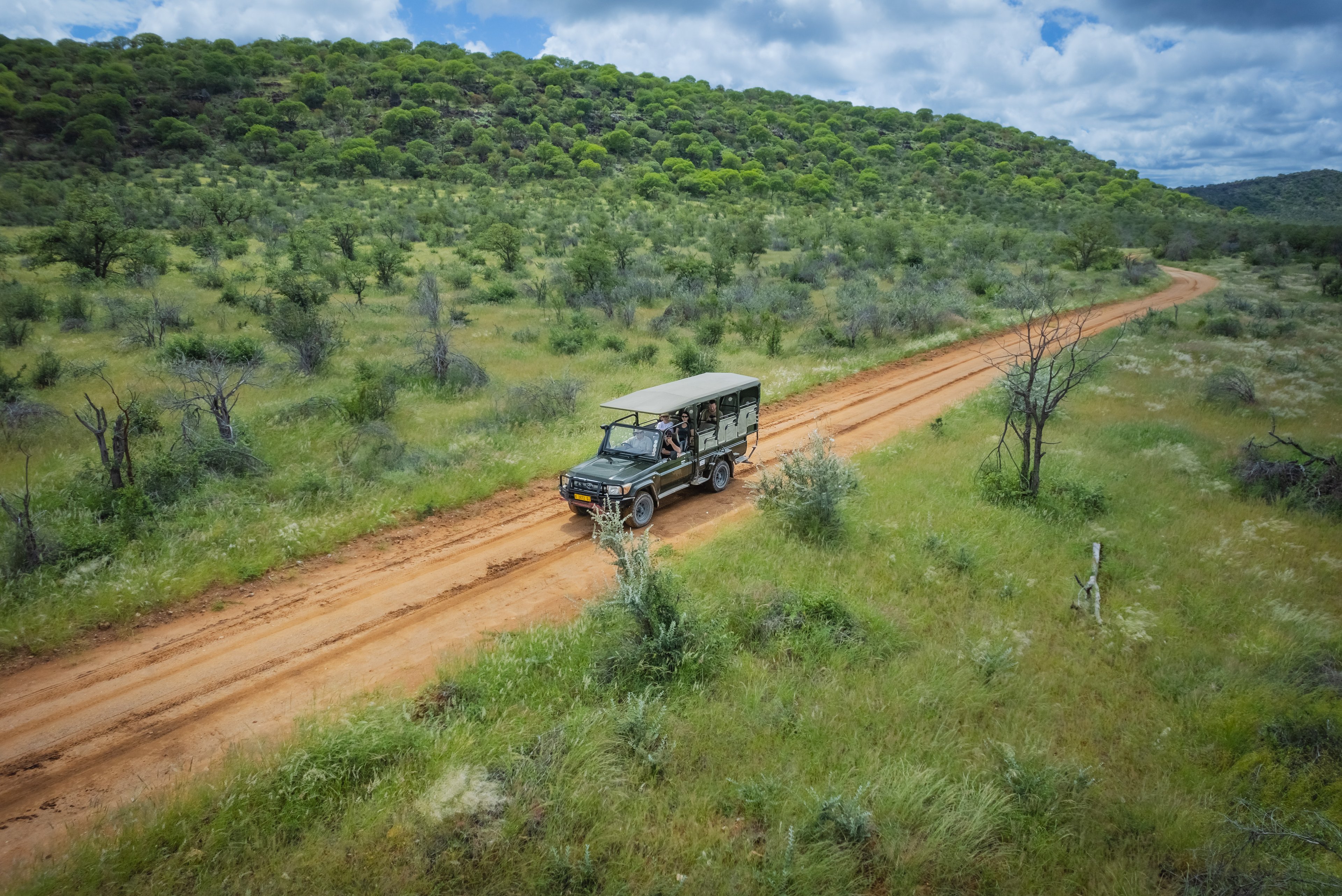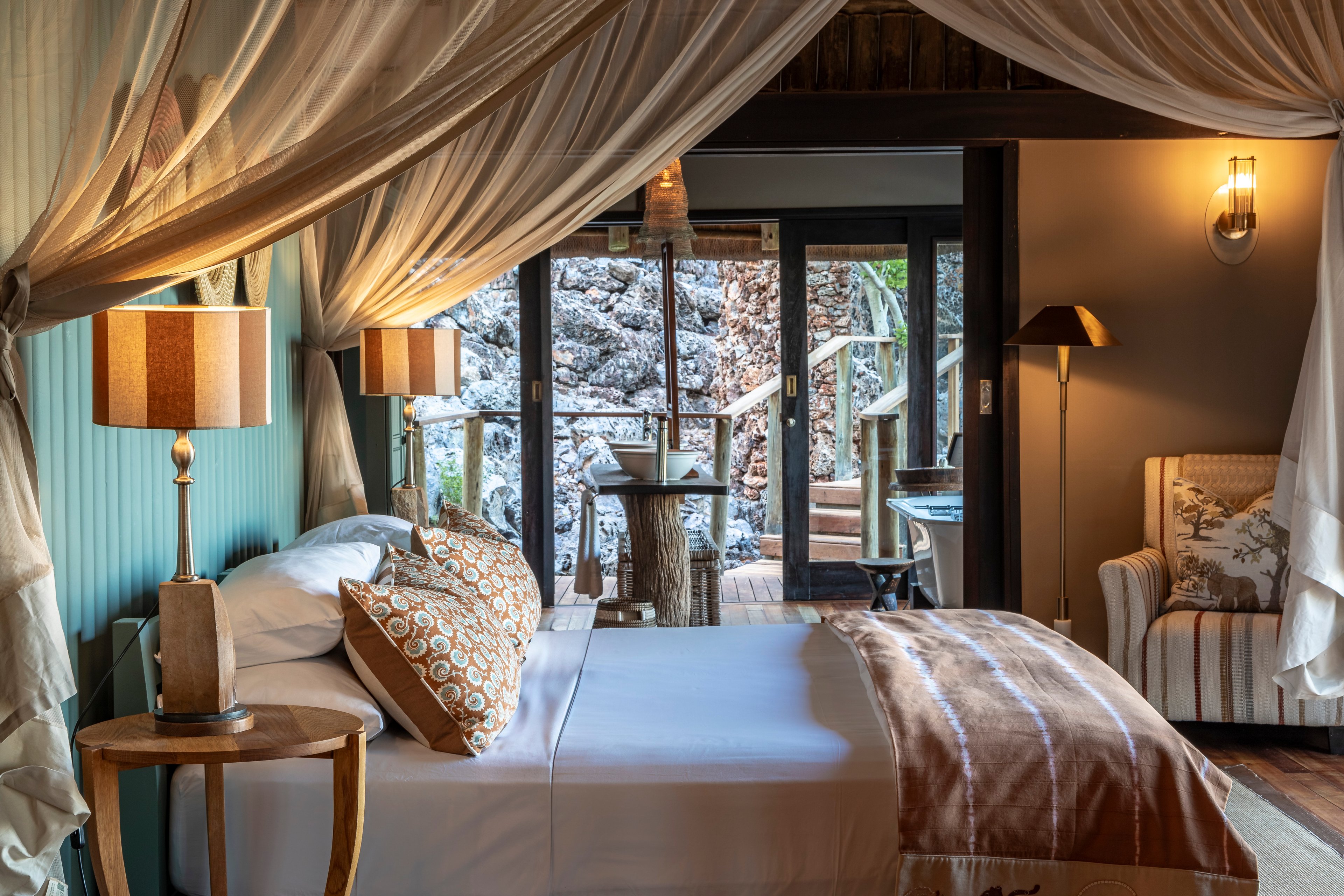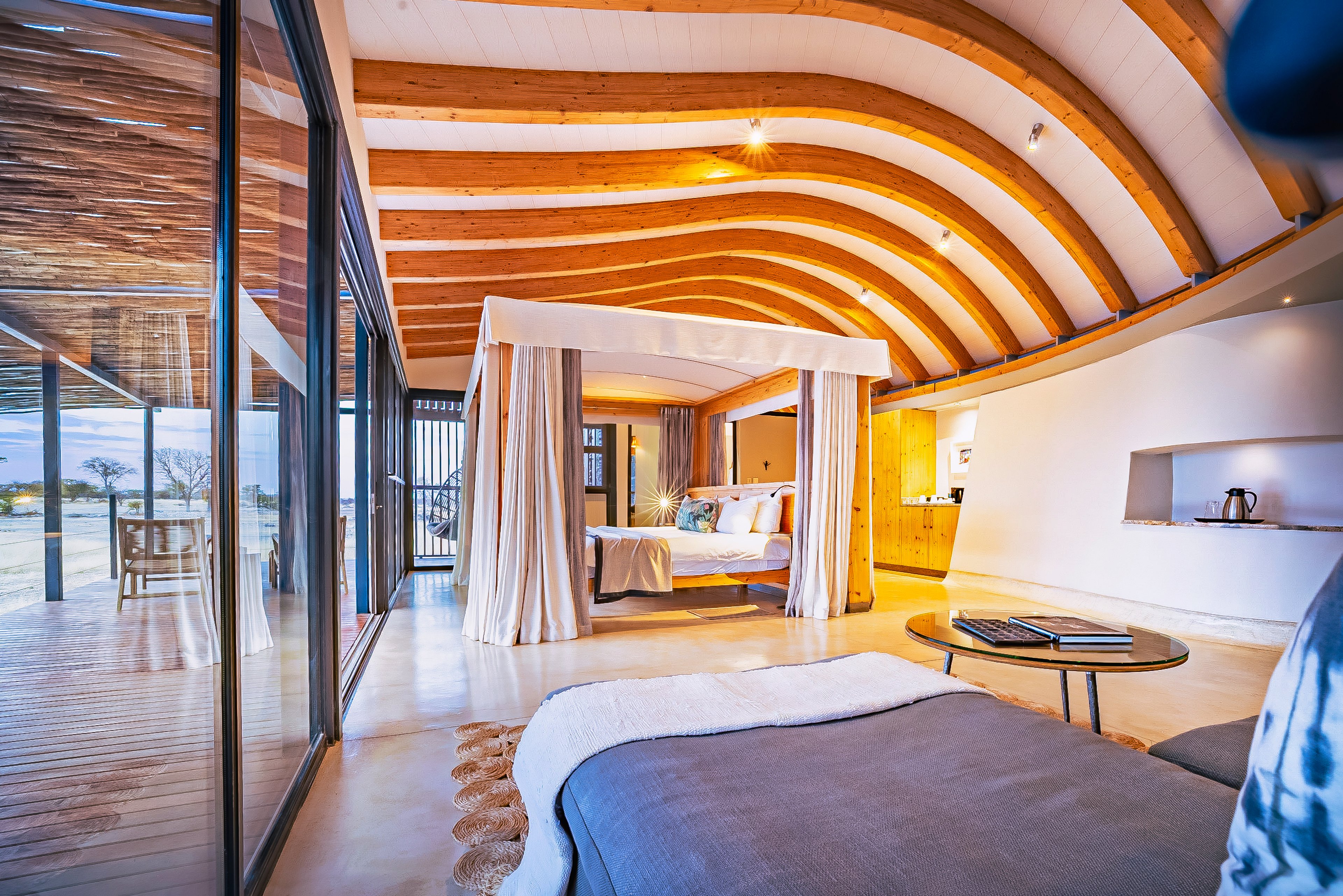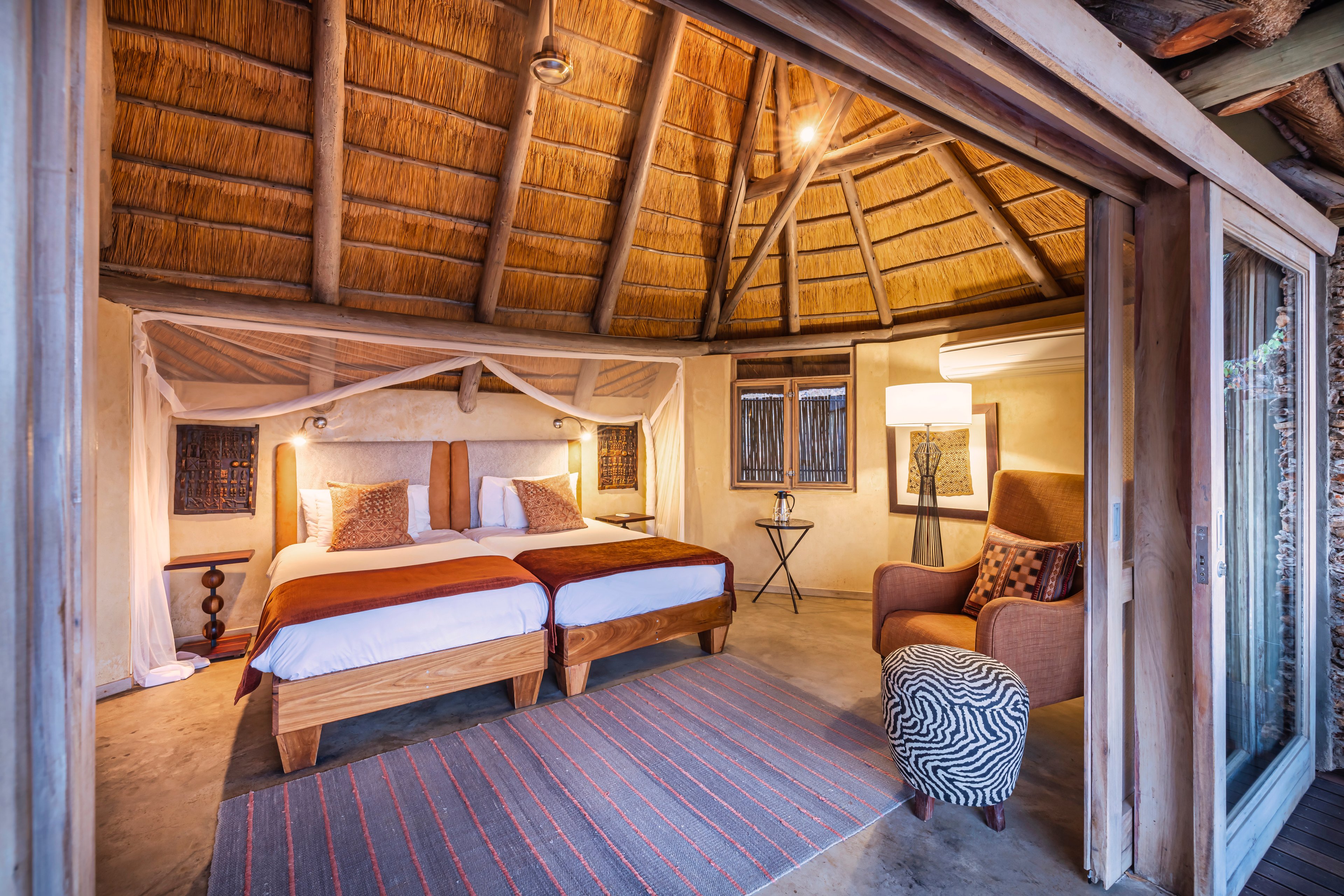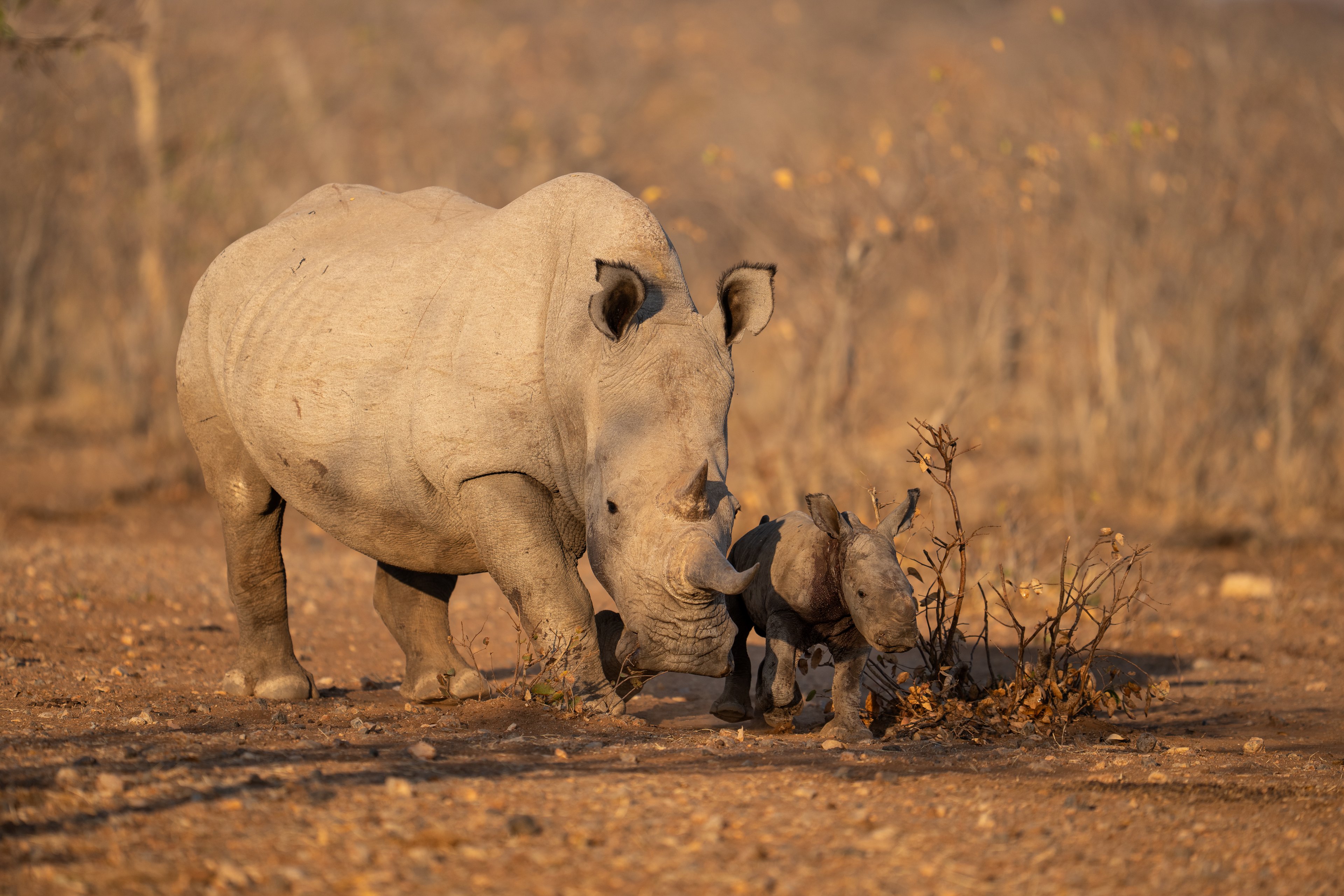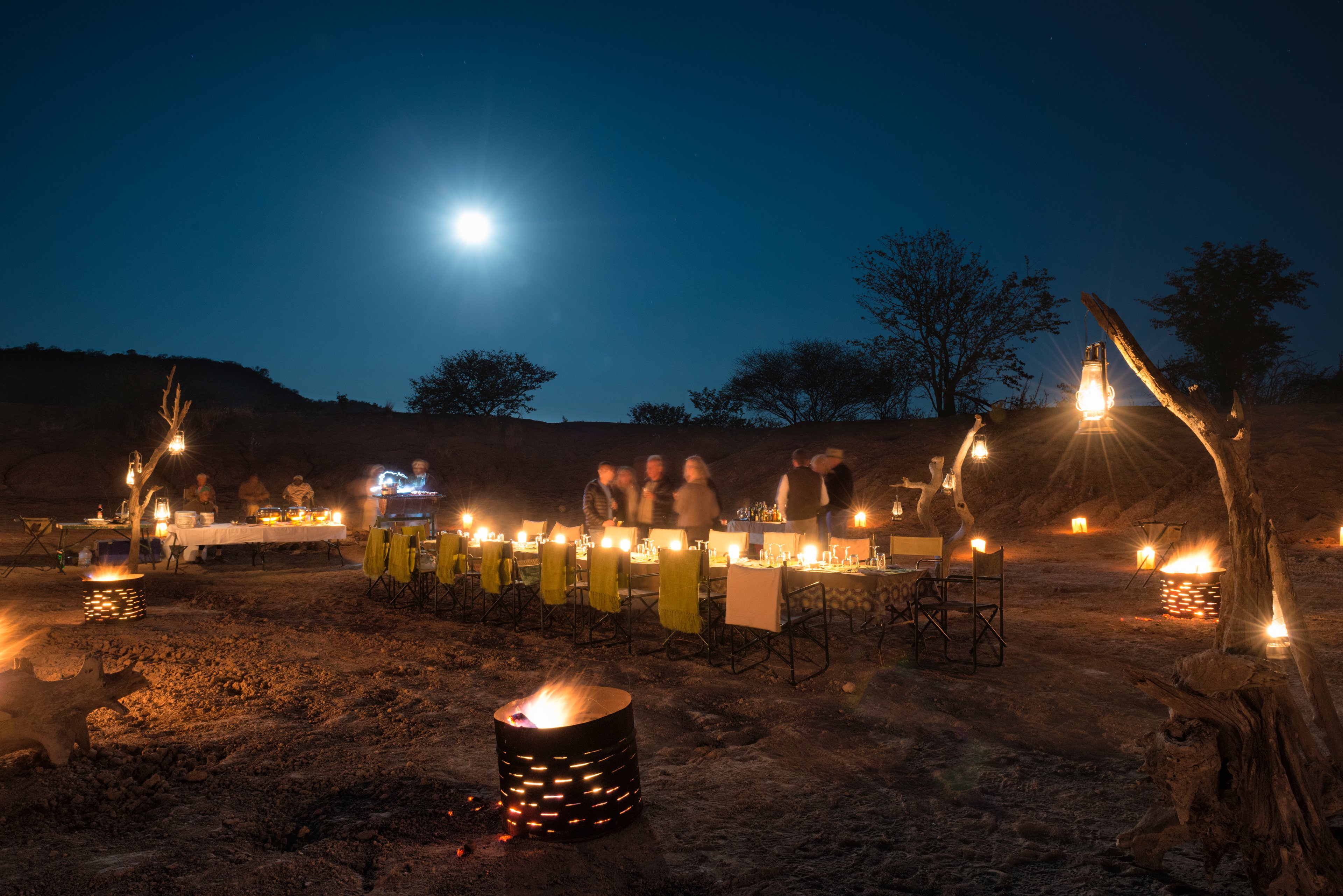The Ongava Journey: From Farmland to Wildlife Haven
In the early 1990s, a group of visionary families embarked on an ambitious mission: to transform unproductive cattle ranches in northern Namibia into a thriving sanctuary for wildlife. This bold initiative led to the establishment of Ongava Game Reserve in 1991, covering 30,000 hectares of rehabilitated land.
The initial focus was on the reintroduction of species that had long been absent from the area. White rhinos were among the first to be relocated to Ongava, marking a significant milestone in the reserve's conservation journey. Over time, black rhinos were also introduced, contributing to the growth of a stable and secure rhino population.
At Ongava, rhino conservation isn’t just a mission, it’s our legacy. Here are some key milestones in our journey:
White Rhino Introduction (1993): Our commitment began with the translocation of six white rhinos from South Africa. This marked the start of our ongoing efforts to restore and protect these majestic creatures.
Black Rhino Introduction (1998): Five years later, we received the first two male black rhinos from Etosha National Park, with several more following in the years to come. As proud participants in Namibia’s Black Rhino Custodianship Programme, we play an important role in preserving these endangered species.
The Story of Brutalis: In 1994, we welcomed a white rhino named Brutalis, who made a long journey from Denmark’s Givskud Zoo to Ongava. Brutalis had been raised in captivity, and although he never fully integrated with the wild rhinos, he lived a peaceful life here until 2000, when he died due to a territorial fight with another resident male white rhino. His legacy is a reminder of the delicate balance between wild and domesticated animals.
Today, Ongava stands as a testament to successful conservation, providing a haven for a diverse array of wildlife, including lions, elephants, leopards, and various antelope species. The reserve's commitment to research and education is exemplified by the Ongava Research Centre, which serves as a hub for groundbreaking scientific studies and ecological monitoring.
Visitors to Ongava can immerse themselves in the beauty of the African bush while enjoying luxury accommodations that harmonize with the natural environment. Whether it's tracking rhinos on foot, embarking on guided game drives, or exploring the rich biodiversity, Ongava offers an unparalleled experience that underscores the importance of wildlife conservation and habitat restoration.
Ongava offers a variety of lodges, each providing a unique experience. Ongava Lodge, perched on a ridge with panoramic views, is a luxurious retreat offering an intimate connection with nature. Little Ongava, the most exclusive lodge, features only three luxury villas, ensuring a private and serene stay. Anderssons at Ongava blends modern comfort with an immersive wildlife experience, boasting proximity to the Ongava Research Centre. Ongava Tented Camp offers a classic safari experience with its charming, luxury tented accommodations nestled in the wild.
The journey of Ongava, from arid farmland to a flourishing wildlife sanctuary, reflects the profound impact that dedicated conservation efforts can have on preserving our planet's natural heritage for future generations.
Photography: Richard de Gouveia, Olwen Evans, Stefan Redecker, Le Roux van Schalkwyk
share
Subscribe to Ongava
Get the latest updates. News about Ongava, offers, our conservation efforts and much more.
By loading this form, I agree to having my personal and contact information processed and used for the purpose of marketing communications. For more details, visit our Privacy policy
